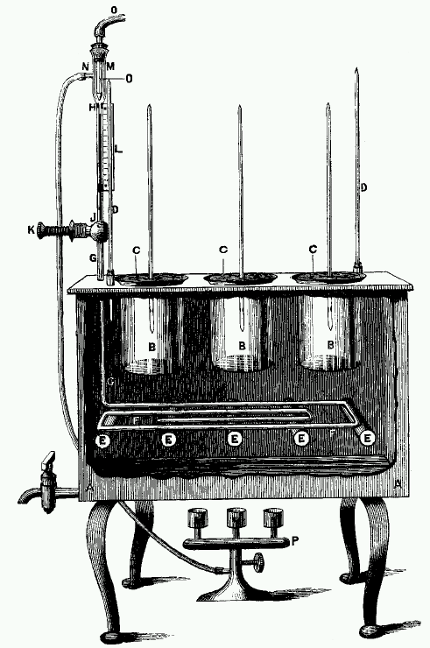When I give talks about the long-term evolution experiment (LTEE) with E. coli,I usually focus on the results of our work, with only a quick overview of the experimental design. But in the Q&A session after my talks, there are often questions about the genesis of the LTEE and various aspects of the experimental design.
Why did I use a serial transfer regime in flasks, rather than continuous culture in chemostats? How did I plan to analyze genetic changes before whole-genome sequencing became possible? Why is citrate in the LTEE medium? How do we deal with mistakes that inevitably occur in an experiment that has now run for 35 years? How do we handle requests to share strains? What would I do differently if I was designing the LTEE now?
I always enjoy answering these questions when I give talks, and so I was delighted when Greg Lang and Kerry Geiler-Samerotte asked me to write about these issues and more for a special issue on Experimental Evolution that they are editing for the Journal of Molecular Evolution.
My paper has now appeared, and you can get a PDF by clicking here. Several other papers for the special issue are also now online, with more still to come. Enjoy the opportunity to learn about old and new experiments, approaches, and discoveries in this exciting field of research.
The image below shows an incubator used in pioneering microbial evolution experiments performed by William Dallinger in the 1880s. It originally appeared in the Journal of the Royal Microscopical Society in 1888.
